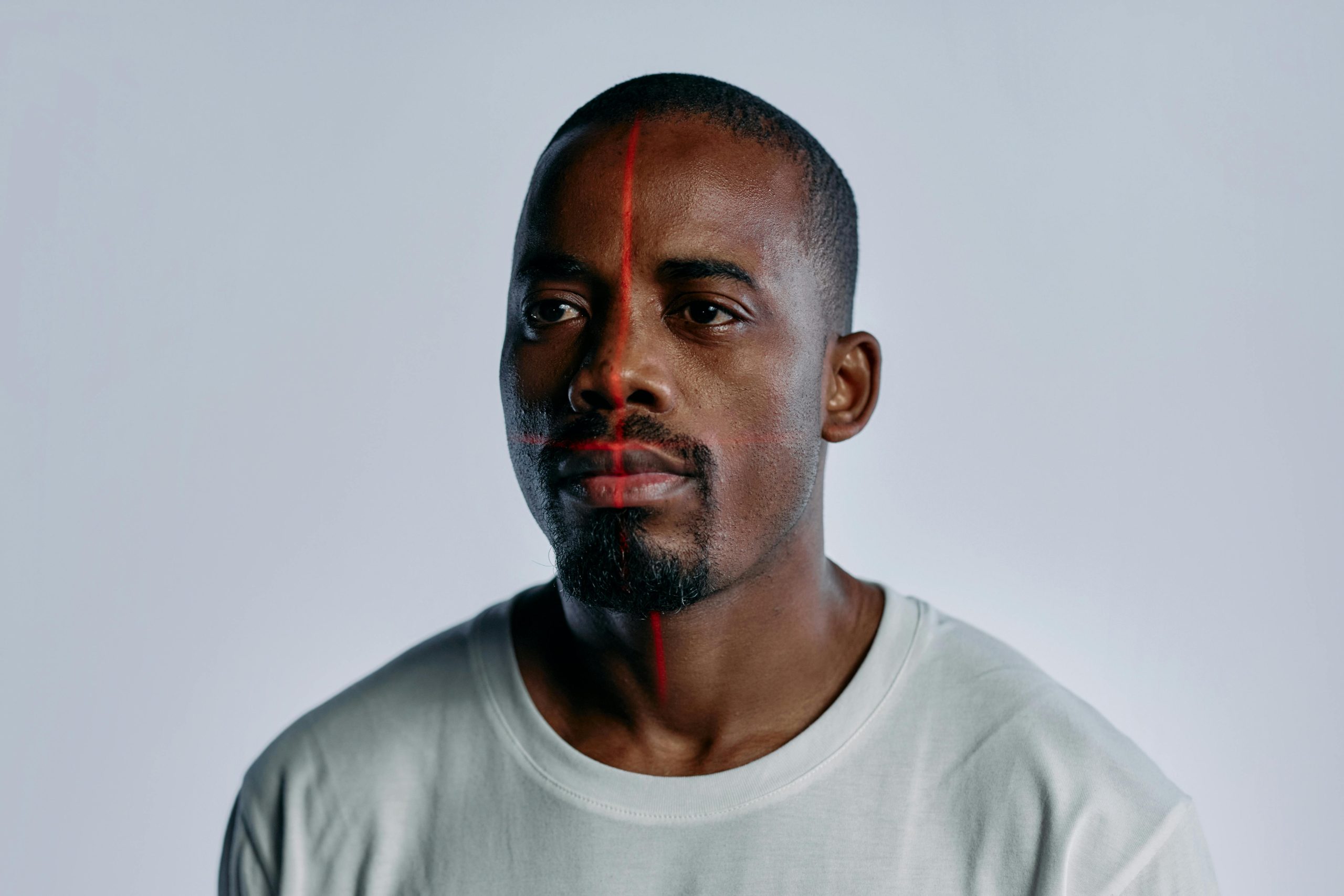Are You Utilizing ChatGPT’s Canvas? I Find It Slightly Frustrating
Maximizing ChatGPT’s Canvas Feature: A Closer Look at Its Limitations
In the evolving landscape of AI-powered communication tools, ChatGPT offers a variety of features designed to enhance user experience. One such feature, the Canvas, allows users to visualize and organize information interactively. However, despite its potential, some users find it less than ideal, especially when integrated within the chat environment.
For those unfamiliar, ChatGPT’s Canvas provides a visual workspace where content can be arranged and manipulated. This can be particularly useful for brainstorming, planning, or structuring complex information. Yet, challenges arise when it comes to editing or refining outputs within the same conversation.
The main issue lies in the Canvas’s persistence. Once a canvas is established, it becomes a static element linked to the session. If the AI produces an output that doesn’t meet expectations, and you attempt to modify your prompt or request, the existing canvas remains. This can inadvertently influence subsequent responses, creating a kind of context “poisoning” where past visualizations interfere with fresh iterations.
Some users wonder: with the ability to have similar visual functionalities directly in chat, is there a real need for the separate Canvas interface? If the model’s core language capabilities are sufficient for organizing thoughts and generating ideas, then the Canvas may seem like an unnecessary barrier rather than an enhancement.
In summary, while the Canvas feature offers intriguing possibilities, its current implementation can limit flexibility. For optimal workflows, it may be worth exploring how to integrate visual elements seamlessly within chat, avoiding persistent barriers that can hamper iterative improvements. As AI tools continue to evolve, future updates might address these concerns, making such features more adaptable and user-friendly.














Post Comment